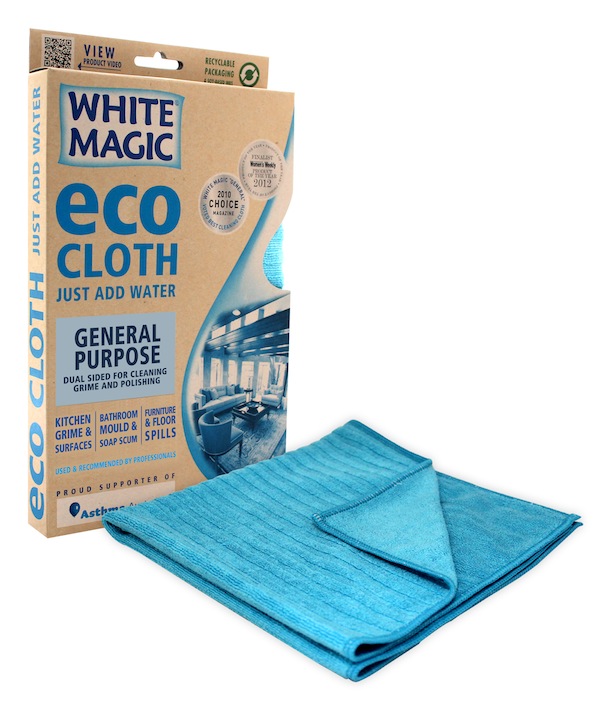 Before you can even think about selling your product to a retail buyer, you have to sell yourself on it.
Before you can even think about selling your product to a retail buyer, you have to sell yourself on it.
What will it take to make your product stand out against the competition?
The truth is that your product’s potential all comes down to what’s known as the unique selling proposition (USP).
When you’re pitching your product to prospective buyers, you need to have this USP fully developed.
Unless you can pinpoint what makes your product unique in a crowded and competitive market, you can’t expect any buyers to accept your pitch.
Why your USP really counts
Here’s a quick question for you: can you think of one food or beverage product launched in the last five years which is totally unique? Probably not.
Total novelty is nearly out of the question in any retail market today. As a result, getting buyers attention and a possible ranging will boil down to an unstoppable USP.
Your buyers aren’t looking for just another product. Instead, they are looking for something that fits a genuine gap and need in the marketplace. The key question is, “What problem will this product solve for the consumer?”
If you can’t genuinely answer this, you cannot expect a buyer to show much interest in your pitch.
Spotlight on USP examples that work
One of the upfront questions in the Rangme supplier forms to buyers is simple: “What is your unique selling proposition?”
The answer to this question is key for buyers who may be interested in what you’re offering.
In such a competitive and crowded landscape of products and offers, the USP to buyers is now more critical than ever.
To highlight this importance, we recently ran a competition within RangeMe for suppliers to submit their best pitch video for a panel of retail buyer judges. The prize for the best pitch was $10,000 cash!
The five finalists of the competition were selected by the RangeMe team for the judges to cast a final vote.
These judges included representative buyers from Coles, Coles Express, Harris Farm, Healthylife, and Blooms The Chemist.
RangeMe selected the five finalists. The key factors behind our choices all boiled down to the products USPs. The best pitches all included the ability of the supplier to effectively communicate the unique selling proposition of the products to the buyers.
Our top five final videos are below and are great examples of suppliers who are striving to distinguish themselves, solve a real consumer problem and have a point of true selling power:
Making your USP shine brighter than the competition
Our competitor entries found a great niche and succeeded – thanks to the power of their USP. How can you hope to achieve this type of success with your own offering?
Here are some tips to help you uncover your USP for retail buyers:
1. Put yourself in your customer’s shoes
Suppliers are always so passionate about their products that too often they forget about the true goal: the customer’s needs. It’s the customer need and desire, not their own, that they must satisfy. Step back from your day to day process and carefully analyse what your customers really want and what problem for the customer the product genuinely solving.
2. Know what motivates your customers’ behaviour and buying decisions
You need to know what drives and motivates your customers. Go beyond the traditional customer demographics and think about consumer behaviour, desires, their needs and wants. Utilise this information within your own design to determine how your product connects with people right where they need it. That point of intersection is right where your USP needs to remain laser focused.
3. Determine what problem your product solves
Map out what problem your product solves for your consumers. This delves into the behaviour of your customer and determines what problem they need solved. Part of this process also identifies how existing products on the market do not fulfill this gap or need –and why your offering does.
4. Think long and hard about your competitors
You really need to take some time to analyse your direct and indirect competitors. Ensure that you’re able to easily determine what sets your products apart from your competitors. This is exactly what is bringing you into the marketplace to begin with, don’t neglect the process of understanding your market and direct competition.
Nicky Jackson is CEO of RangeMe, an online marketplace connecting buyers and suppliers. Having spent more than a decade working at blue chip FMCG firms launching products to market, Jackson has helped thousands of suppliers pitch their products to leading retailer buyers throughout Australia.
Contact RangeMe at info@rangeme.com.au or on Twitter at @RANGE_ME.

















